A growing, sparkling city with a rich history and creativity that deserves a visit. Salerno and the Amalfi coast are full of surprises, colors, and tastes. Enjoy the beauty of these lands, as well as plunge into the most beautiful beaches of Campania.
Castello di Arechi
The estate is located at an altitude of 300 meters above sea level, with an unsurpassed view of Salerno and the bay. Areca Castle is named after the Lombard duke, who made it a pillar of the defensive system of the city. The fortress is formed by a central part surrounded by towers connected by a system of battlements. After a long period of abandonment following the unification of Italy, in 1960 it became the property of the province of Salerno, where restoration work began. Now the estate is used as an exhibition hall for exhibitions and conferences or as an exceptional place for weddings or private parties, taking advantage of the restaurant located inside the building.
In the central part of the castle, there is a small museum, which houses a collection of coins and ceramics. You can book a guided tour and take advantage of the excellent location to admire the breathtaking view of the city from one of the highest points of the city.
Salerno Cathedral
The Baroque facade is not the most interesting aspect of this church. Its interior will meet you with a four-sided portico. You will feel that you have entered an oriental atmosphere, with colonnades resembling an ancient Roman forum, loggias with windows with pillars or arches decorated with volcanic stone. Of particular interest is the crypt containing the remains of Saint Matteo, the patron saint of Salerno and one of the four evangelists.
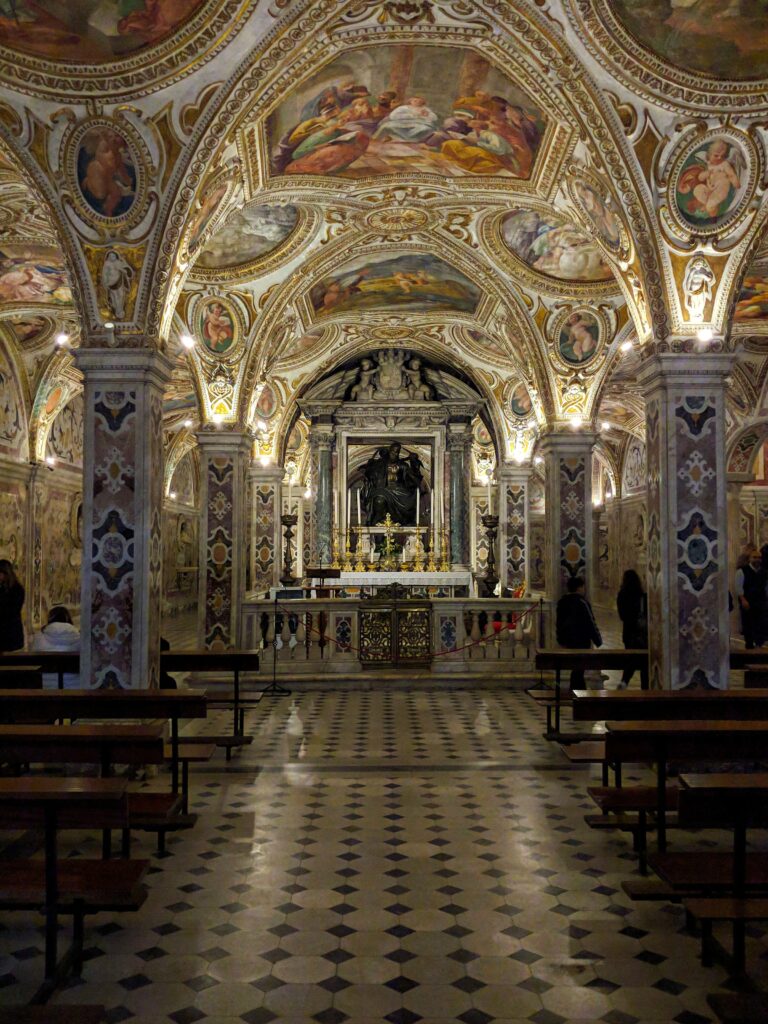
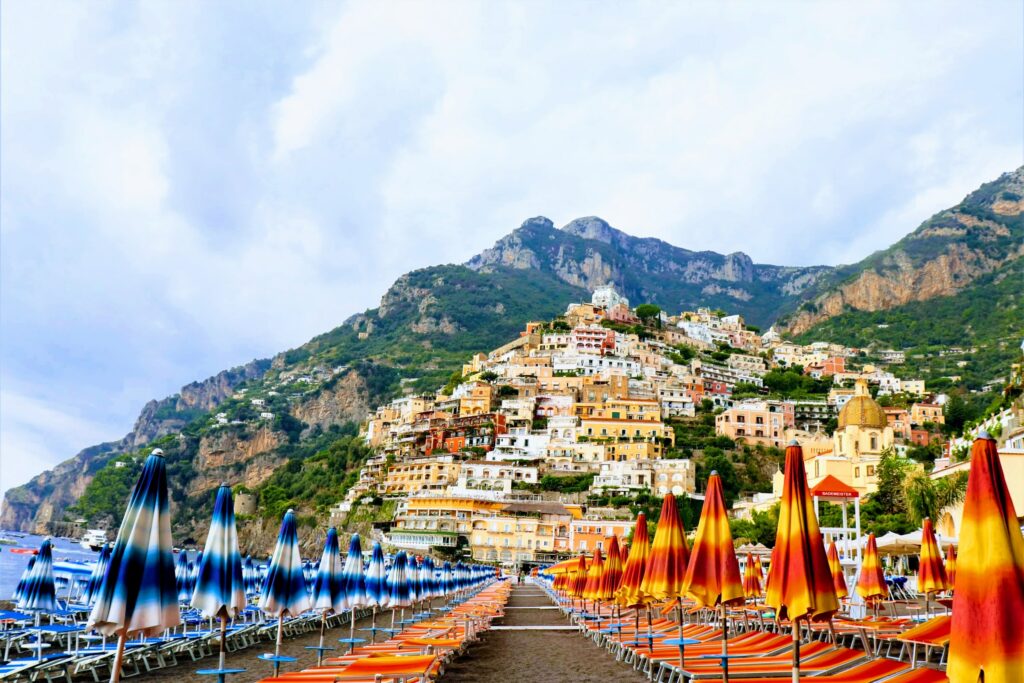
The crypt, rebuilt in the Baroque style around 1600, is decorated with frescoes depicting various scenes from the Gospel of Matthew and some episodes telling about the history of the city. Next to the cathedral, there is an Arab-Norman bell tower with a height of 52 meters.
Hagia Sophia Complex
This is a Benedictine monastery dedicated specifically to St. Sophia, founded around the 10th century. At first, it housed monks, about two centuries later it was given to nuns of the same order. Subsequently, the building passed to the Jesuits and later was transferred to the Carmelites. In the following years, the structure first became a civil court and a public school. The complex has been recently renovated and is used as a venue for events, demonstrations, cultural festivals, and exhibitions associated with local associations.
The Church of the Addolorata was built by the Jesuits in the late 1600s and is a building in the form of a Latin cross with a transept and side chapels. The facade is made in neoclassical style and is complemented by a triangular tympanum at the top and pilasters from Corinthian capitals. Especially interesting is the entrance staircase, which is divided into two marches that somehow go around the central rotunda.
Salerno Art Gallery
It is located in one of the most exquisite palaces of Salerno, namely the Palazzo Pinto, a building of the seventeenth century, which faces the main street Via Dei Mercanti. The main section contains paintings covering the period from the fifteenth to the seventeenth century, in particular from the Southern Renaissance to the so-called late Mannerism. You can admire the masterpieces of Andrea Sabatini, the artist who worked with Raphael in the Vatican Halls and represents one of the best artists of the Renaissance.
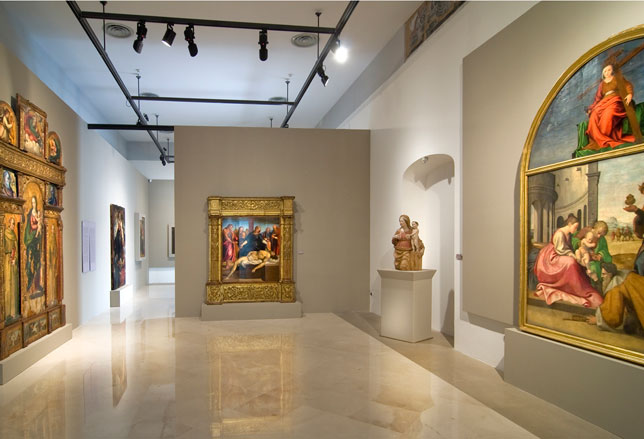
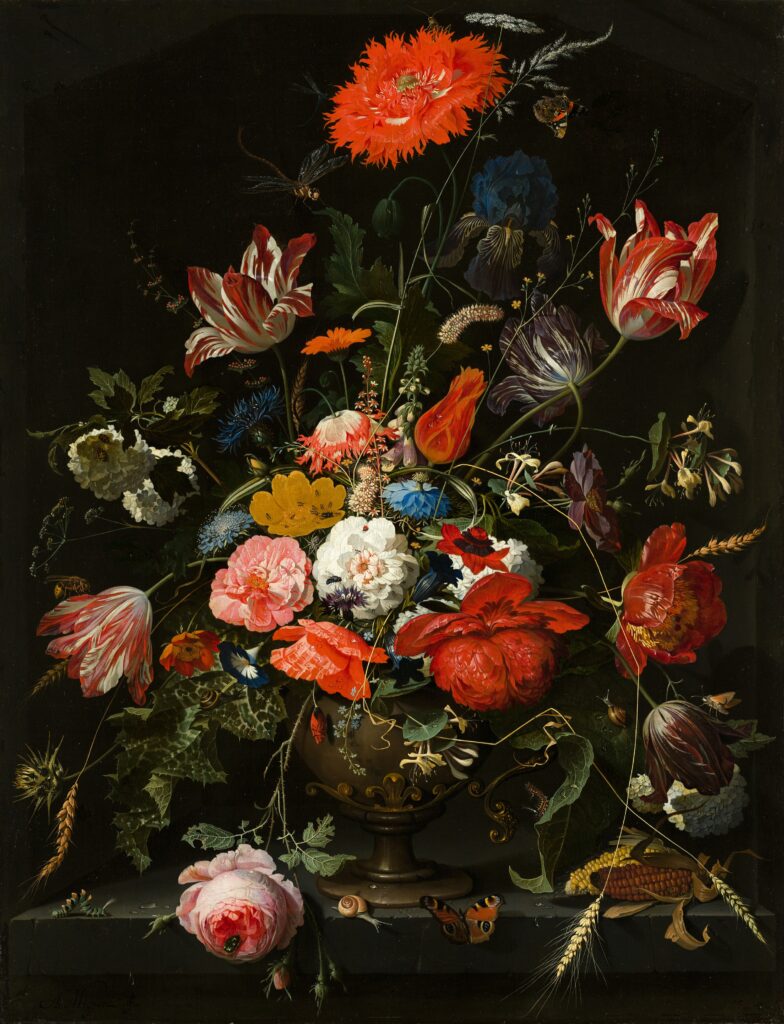
Along the way, you will discover Caravaggio naturalism and Jordanian late Baroque. There are also exquisite paintings by Giovanni Battista Caracciolo and Francesco Solimena. Instead, the second section is dedicated to artists born in Salerno and on the Amalfi coast. There are works by the Salerno artist Pasquale Avallone or coppersmiths Luca Albino and Antonio Ferrigno. The third space is dedicated to foreign artists who played an important role in this area, where foreign travelers have been coming for many centuries. Among the works on display are works by German artist Richard Docker, inspired by the Salerno area.
Minerva Gardens
Here is the first sample of the city’s botanical garden, born thanks to the intuition of Matteo Silvatico, a representative of the Salerno Medical School. Minerva Gardens became an educational space where students were taught to recognize which plants were used to treat diseases. The garden has been replenished with many rare and exotic species discovered during Silvatico’s numerous trips. In 2001, a major restoration was carried out in this area, and now it is one of the gems of the center of Salerno. Excursions are conducted, and scientific and pedagogical activities are organized. Painted tiles dating back to the Middle Ages were also found inside the garden.
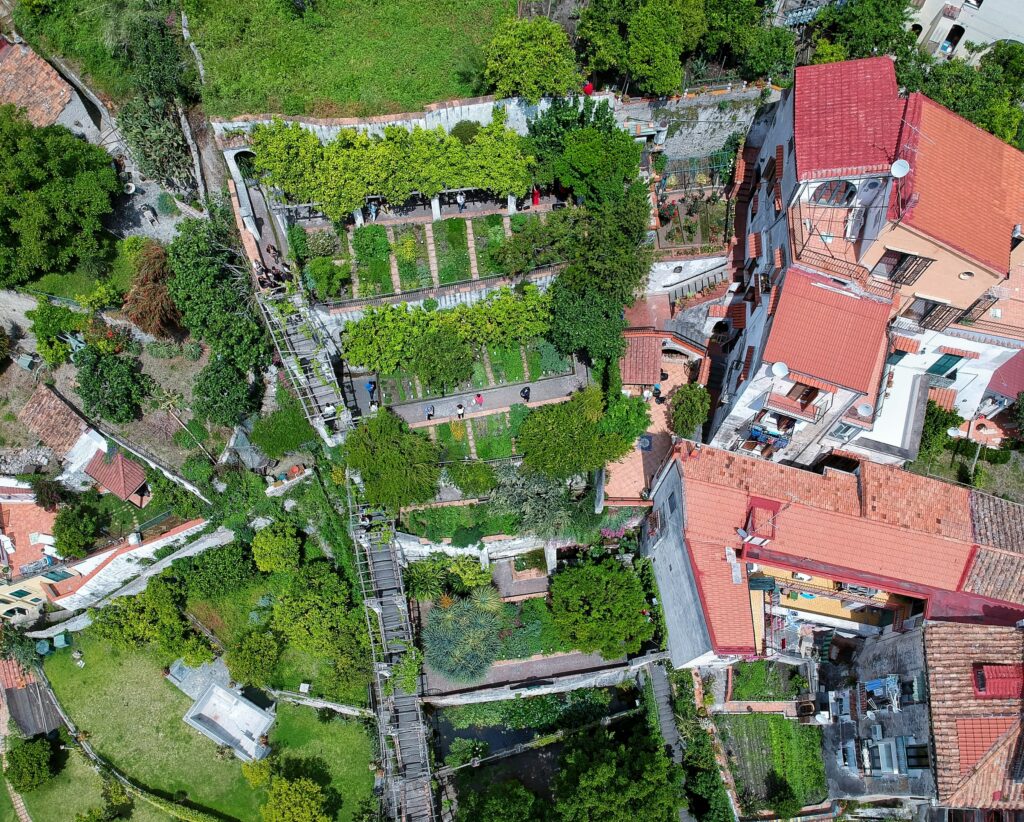
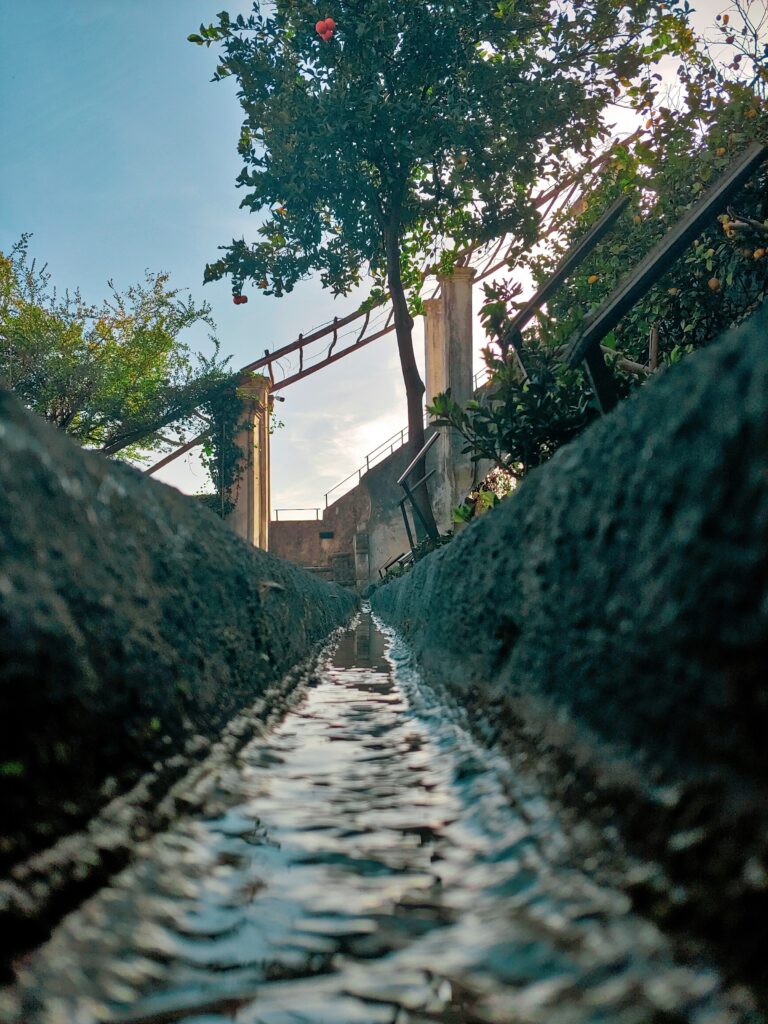
Provincial Archaeological Museum of Salerno
The museum was opened in 1928. Outside you will be greeted by a “stone cutter” with various finds of Roman origin. You will be able to admire statues, pedestals, and figured reliefs. Inside, the route develops on two floors, following both the topographic and chronological points of view. The ground floor contains all the artifacts collected in the area. A path that begins from prehistoric times to the Roman period, with special attention to male and female habits and customs.
The ground floor, on the other hand, is entirely dedicated to the Campanian-Etruscan settlement of Fratte, located on the northern outskirts of Salerno. The information path consists of two separate parts: cities and necropolises, with special attention to the myth of Hercules. On the other hand, one room is dedicated to the symbolic find of the museum — the bronze head of Apollo. The collection is enriched with multimedia tracks and installations reconstructing settlements and routes of the Mediterranean.
Medieval aqueduct
A “find” dating back to the ninth century was built for the water supply of the monastery of San Benedetto. It consists of two “branches”, one of which goes from the hills to the north, and the other from the hills to the east of the city. We are located in the historical center of Salerno under Bonadies Hill and Areca Castle. The aqueduct is called the “Devil’s Bridge” because, according to legend, it was built overnight with the help of demons. The area where the aqueduct stood was impenetrable and without houses, in the area closest to the highest part of the walls.
Salerno Embankment
In the 1950s, it was considered one of the most beautiful promenades in Italy. This magnificent avenue, winding for two kilometers along the sea, gives a view that stretches from Cilento to the Amalfi coast. This is a tree-lined road that starts from the historic center and leads to the marina. This is a point that is always very popular both in summer and winter. It is an ideal meeting place for many young people, as well as just a place for outdoor sports, including running, yoga, or simple walks. The pedestrian path is also accompanied by a bicycle path.
In the summer months, the square wakes up with entertainment for the youngest and kiosks. You can also visit puppet shows, flea markets, and fairs. On the benches, you can not only refresh yourself but also enjoy a breathtaking view of the bay. Characteristic features are also represented by a rock, a small mooring pier, a monumental fountain, and artistic lighting.
Municipal Villa
The municipal villa is a kind of “urban garden”. The project began in 1874 and over the years has been enriched by several fountains, including the fountain “Don Tulio”, created to refresh travelers who arrived in Salerno from the Amalfi coast. The area also has a botanical garden with numerous rare plants. Over time, this place became a meeting place and a place of communication for all residents of Salerno. In the 1990s, the entire complex was at the center of an important restoration project. There is no shortage of flower exhibitions and the installation of kiosks on the occasion of holidays. During the event “Luci d’Artista” (which we will talk about below) the whole area comes alive with light, aromas, and flowers.
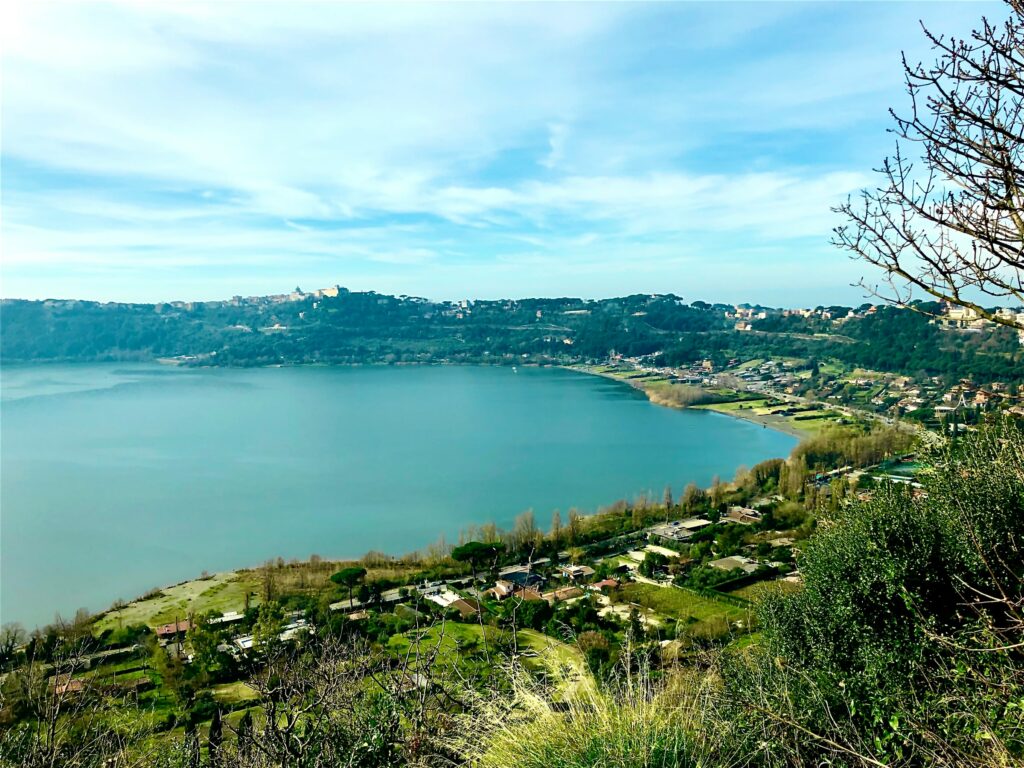
The Light of the Artist
The renewal of Salerno also depended on the exhibition “Luci d’Artista”, which was an incredible success and attracted more than a million visitors, including from abroad. Every year, Salerno Christmas and the city are illuminated with spectacular themed decorations. These are real art installations, and works of art decorating different areas of the city.
The event also ends with Christmas fairs that take place in different parts of the city and offer street food and traditional products. Since 2016, the largest Ferris wheel in Europe with a sea view has also been installed. The event, organized from November to January, was first held in 2006 in the format proposed by Turin. Then there was twinning with the Piedmontese city as a result of the exchange of works of art.
Vietri Sul Mare
It is called “The first pearl of the Amalfi coast”. Vietri Sul Mare is located just three kilometers from Salerno and is considered the undisputed queen of traditional and artistic ceramics. As soon as you arrive here, intoxicated by the aromas and views, you will be pleased to visit a typical pottery workshop. Everyone has their laboratory, personality, style, and different colors.
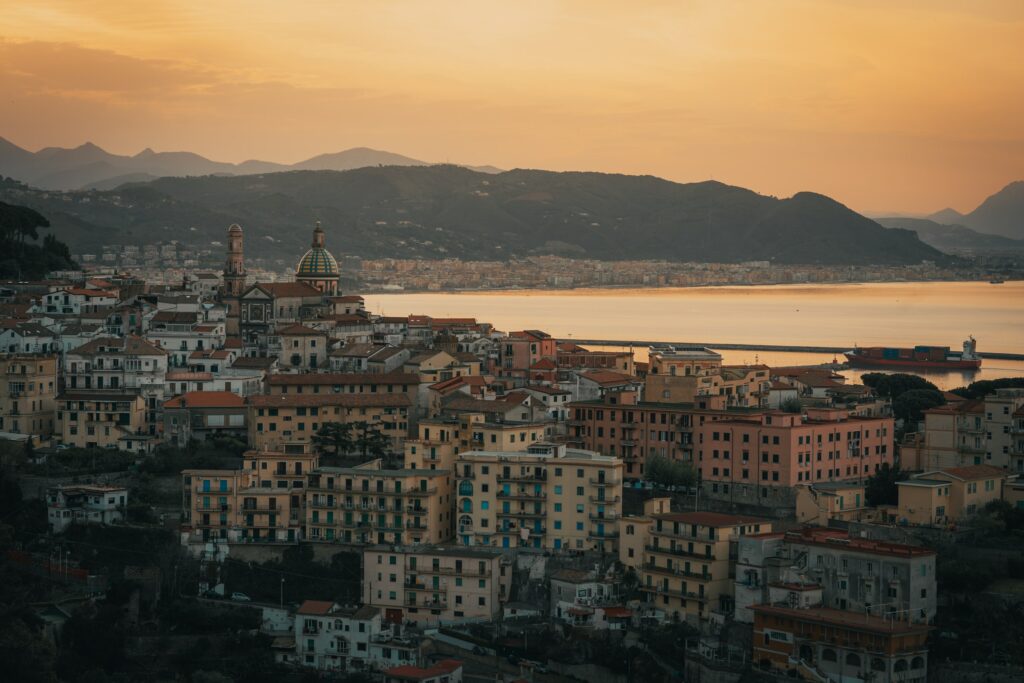
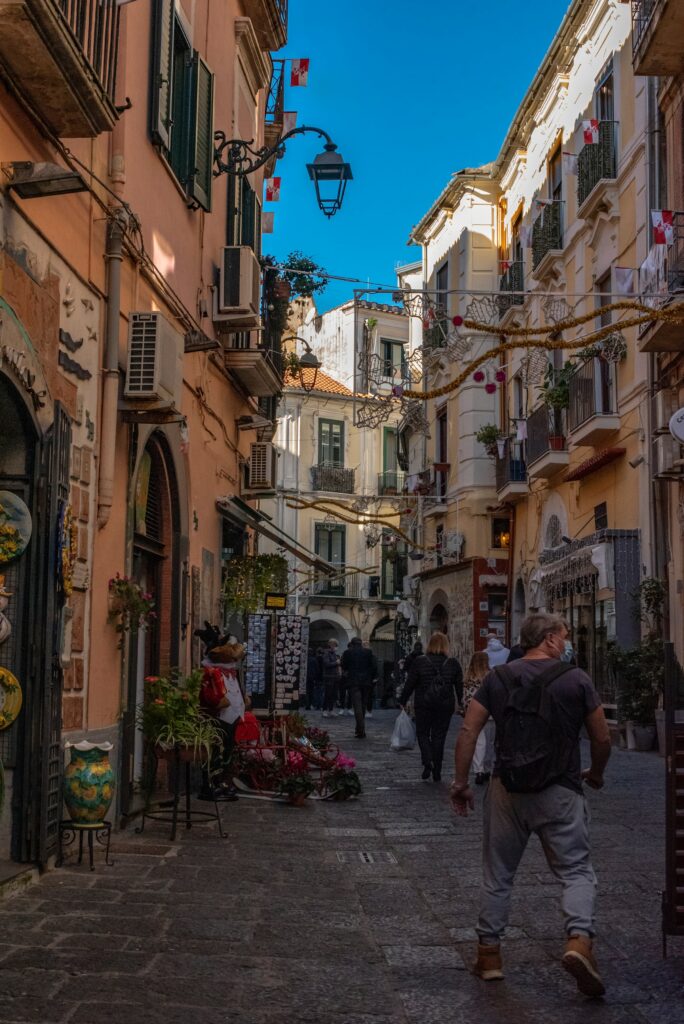
Amalfi
The ideal climate, picturesque white houses, the sea, so inaccessible, but so rich in beauty — all of this explains why Amalfi is one of the favorite places for tourists: the main gate to the Amalfi coast was declared a World Heritage Site. Amalfi, founded by the Romans, also offers a not indifferent historical and artistic heritage. Let’s start with the Duomo, dedicated to Sant’Andrea and built in the Arab-Norman style.
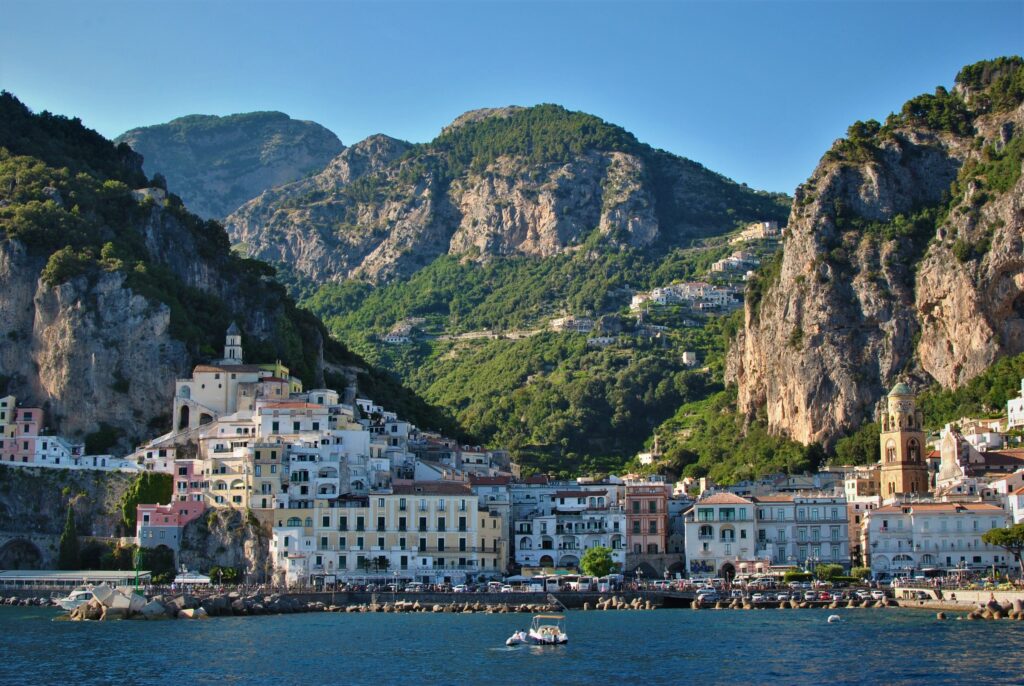
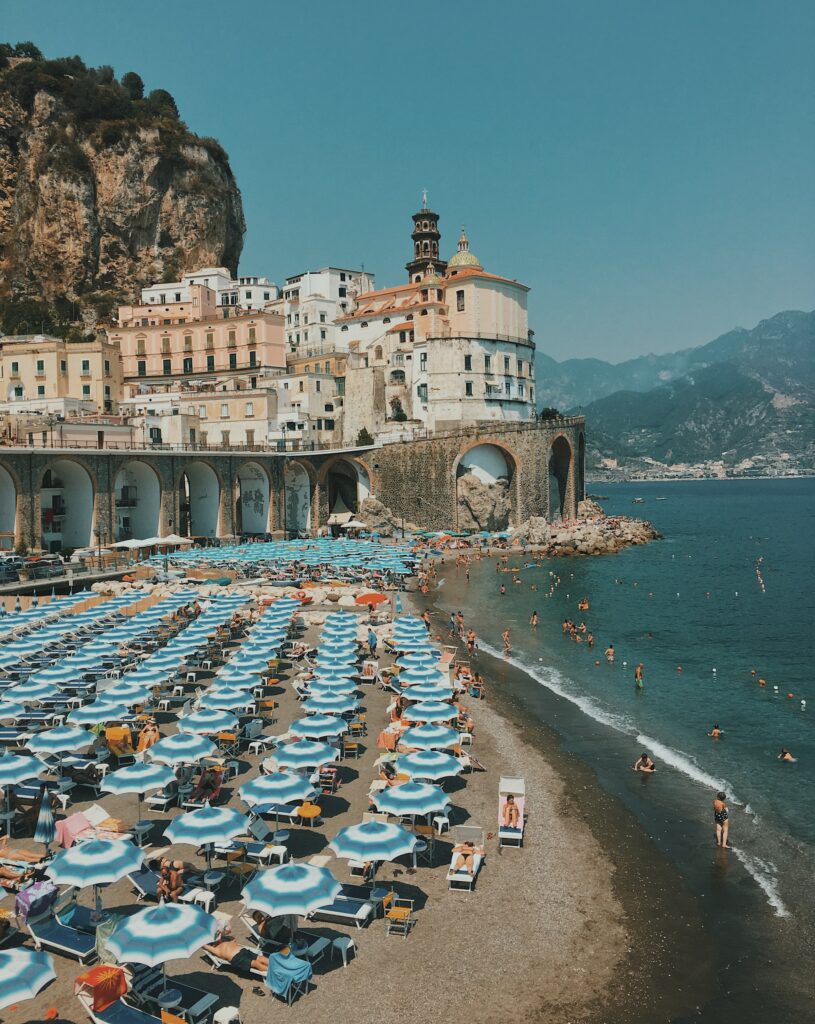
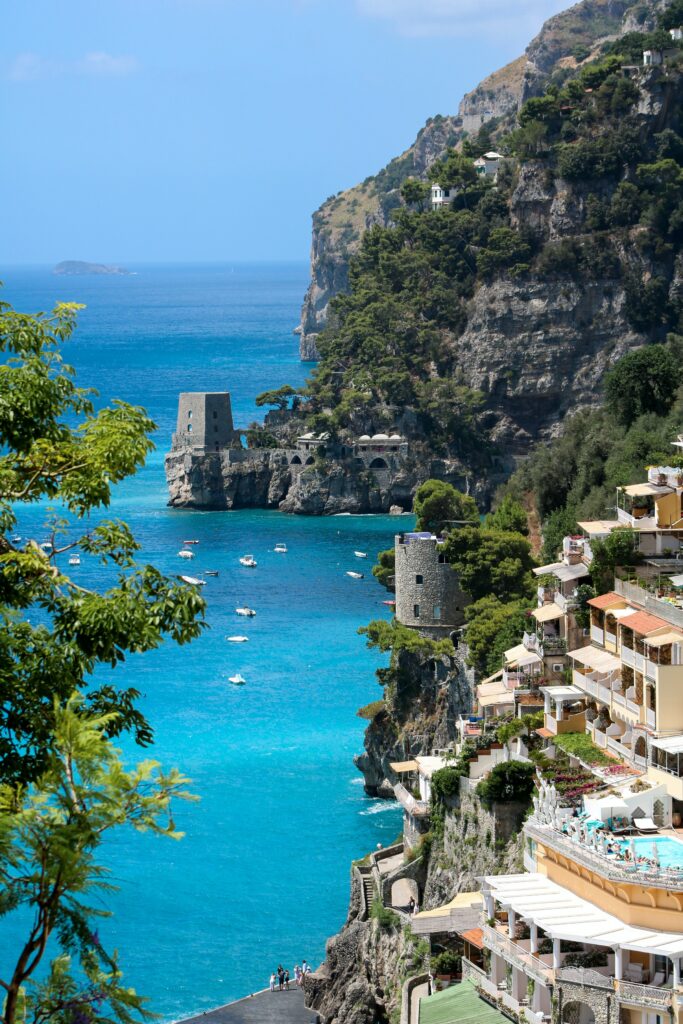
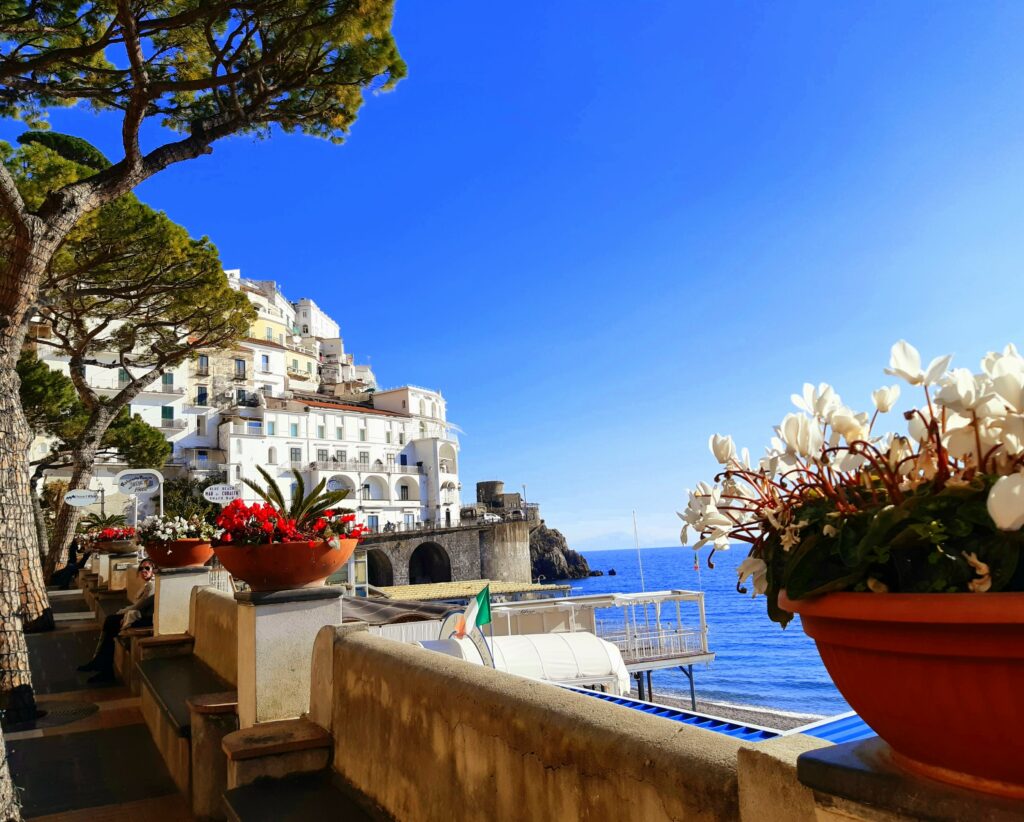
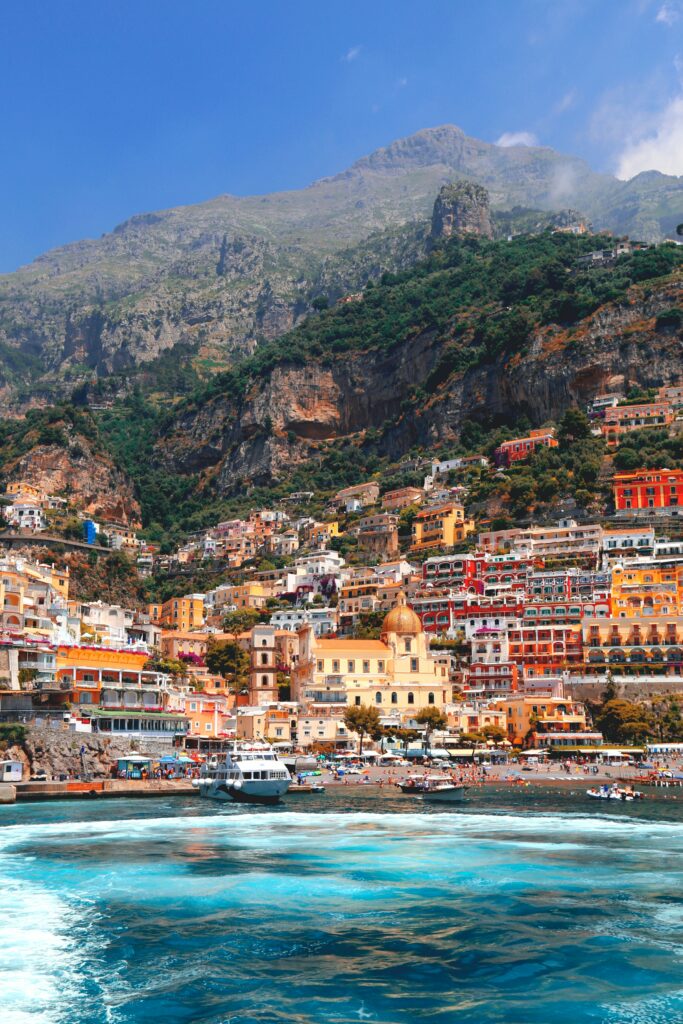
The city will offer many attractions related to nature, with the opportunity to walk along beautiful trails and admire breathtaking views. It is an ideal place for organizing boat excursions to discover the treasures of the crystal clear sea of the Amalfi coast: a real necessity for diving enthusiasts. Among the main attractions are paper mills, arsenals, the Paper Museum, and the Valle Delle Ferriere, a real natural spectacle.
Royal Palace in Caserta
There is another monument in the vicinity of Salerno, which is included in the UNESCO World Heritage List. This is the Royal Palace in Caserta, which was built in 1750 by Charles Bourbon as the ideal center of the new Kingdom of Naples and which was supposed to surpass Versailles in beauty. It is no coincidence that the monumental complex has more than 1200 rooms and 1742 windows. The royal apartments developed along the ground floor.
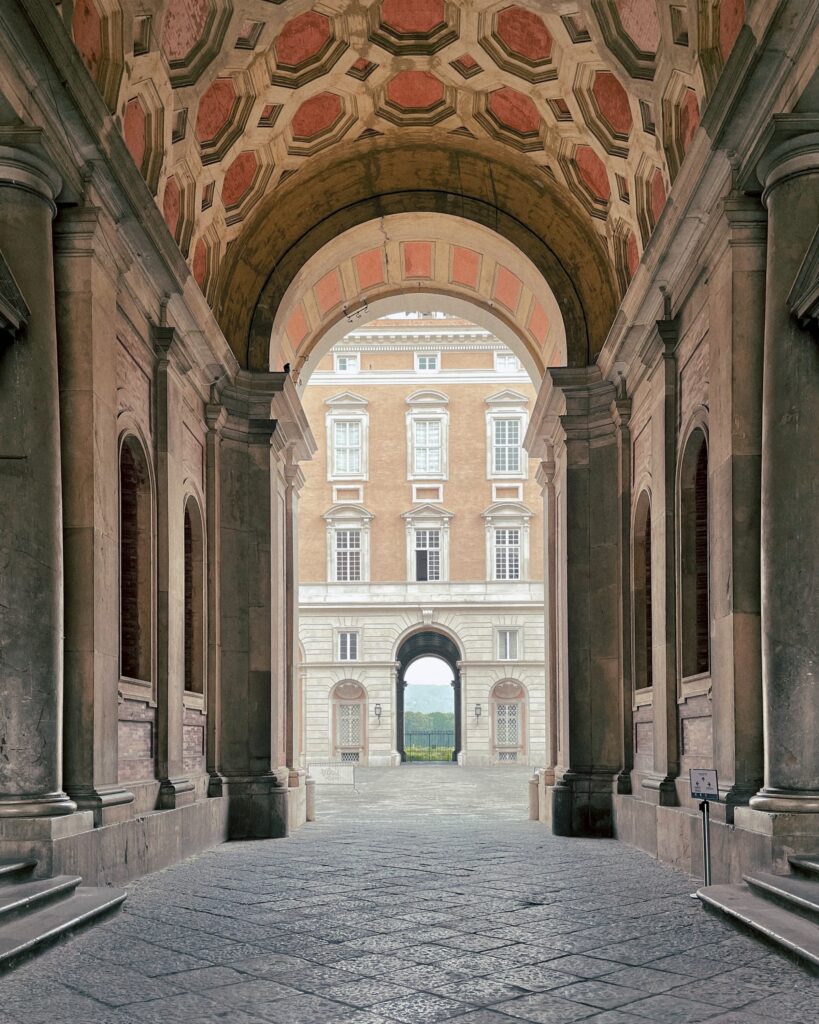
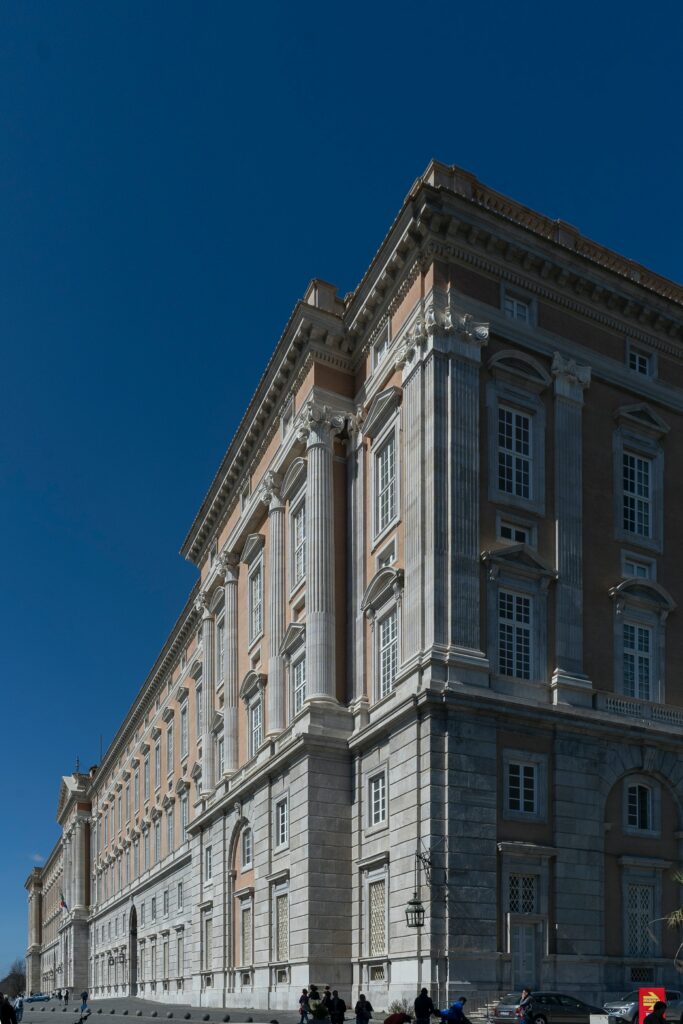
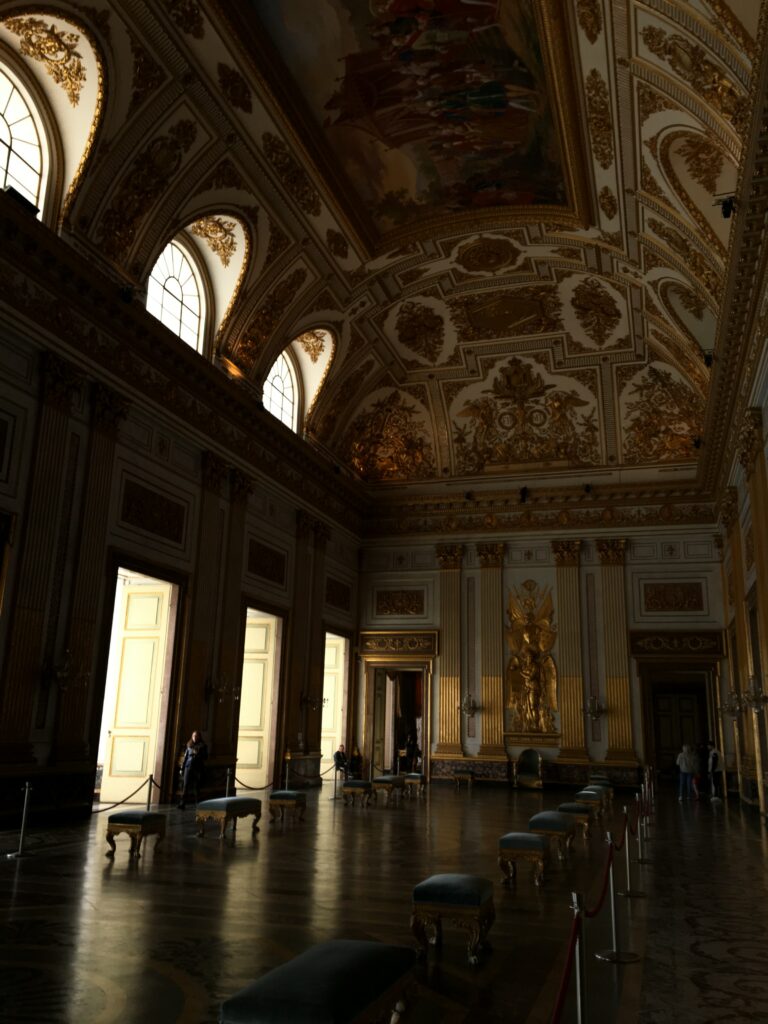
Other interesting rooms include fumaroles (1026) and stairs (34). The palace with an area of more than 47,000 square meters opens onto four courtyards. A court theater was also built inside the palace, which was not provided for by the original project. The park surrounding the majestic building, stretching for more than three kilometers, is also beautiful and boasts English gardens and numerous fountains alternating with lawns, ponds, and waterfalls.










